Watering Requirements
Watering needs depend on the plant type. While a snake plant likes to dry out between waterings, a peace lily prefers consistently moist soil. When watering, ensure thorough saturation of the soil until water drains from the bottom. Bottom watering, where you place the pot in a water-filled tray, can also help draw moisture up through the soil. Always check if the soil feels dry about an inch below the surface before watering.
Light Conditions
Light is essential for photosynthesis. Certain plants, like succulents and cacti, thrive in bright, direct sunlight, while others, such as ferns and ZZ plants, do well in low light. It’s important to monitor the condition of your plants; if leaves start yellowing or stretching toward the light, it might indicate inadequate lighting. Rotate plants periodically to ensure even light distribution.
Soil and Fertilization
Using the right soil mix is crucial. For cacti and succulents, a well-draining mix with sand or perlite works best. For tropical plants, a peat-based soil mix retains moisture effectively. Fertilization is equally important; a balanced, water-soluble fertilizer applied every 4-6 weeks during the growing season can promote healthy growth. Avoid over-fertilizing, as it can lead to salt build-up in the soil.
Pruning and Repotting
Regular pruning helps maintain the shape and health of your plants. Remove dead or yellowing leaves and trim leggy growth to encourage bushier foliage. Repotting is essential when plants outgrow their containers. Generally, this should be done every 1-2 years. Choose a pot that is 1-2 inches larger in diameter than the current one and ensure it has proper drainage holes to prevent root rot.
Common Problems
Pest Infestations
Pest infestations are common among houseplants and can quickly cause damage if not treated promptly. Mealybugs, spider mites, and aphids are among the most frequent pests you might encounter. Mealybugs look like small cotton balls and can be found on stems and leaves. Spider mites are tiny, often invisible to the naked eye, but they leave fine webbing on plants.
Control methods include using insecticidal soap and manually removing the pests. Regularly inspecting your plants helps catch infestations early, which is crucial for effective management.
Diseases and Disorders
Houseplants can suffer from various diseases, the most common being powdery mildew and root rot. Powdery mildew creates a white, powdery substance on leaves and thrives in humid conditions. Increasing airflow and removing infected foliage can mitigate this issue.
Root rot, on the other hand, is usually caused by overwatering. To combat root rot, ensure that the plant has well-draining soil and isn't sitting in water. Repotting the plant with fresh soil often helps recover from root rot. Monitoring watering practices and inspecting roots periodically can prevent this problem.
Environmental Stress Factors
Houseplants are susceptible to environmental stress factors such as improper light, temperature fluctuations, and low humidity. Inadequate lighting can lead to leggy growth and dull leaves. Adjust your plant's position to optimize light exposure. Temperature fluctuations, both hot and cold, can affect plant health. Keep plants away from drafts and direct heating sources.
Low humidity often affects tropical houseplants. To address this, you can mist the plants, use a humidifier, or group plants together to create a microenvironment with higher humidity. Ensuring consistent conditions helps maintain plant vigor and prevents stress-induced problems.
Adopting proper care practices and regular monitoring can maintain your houseplants' health, making them a lush and thriving part of your living space.
Popular House Plants
Let’s highlight some of the house plants we have mentioned earlier and summarize their care and maintenance requirements.
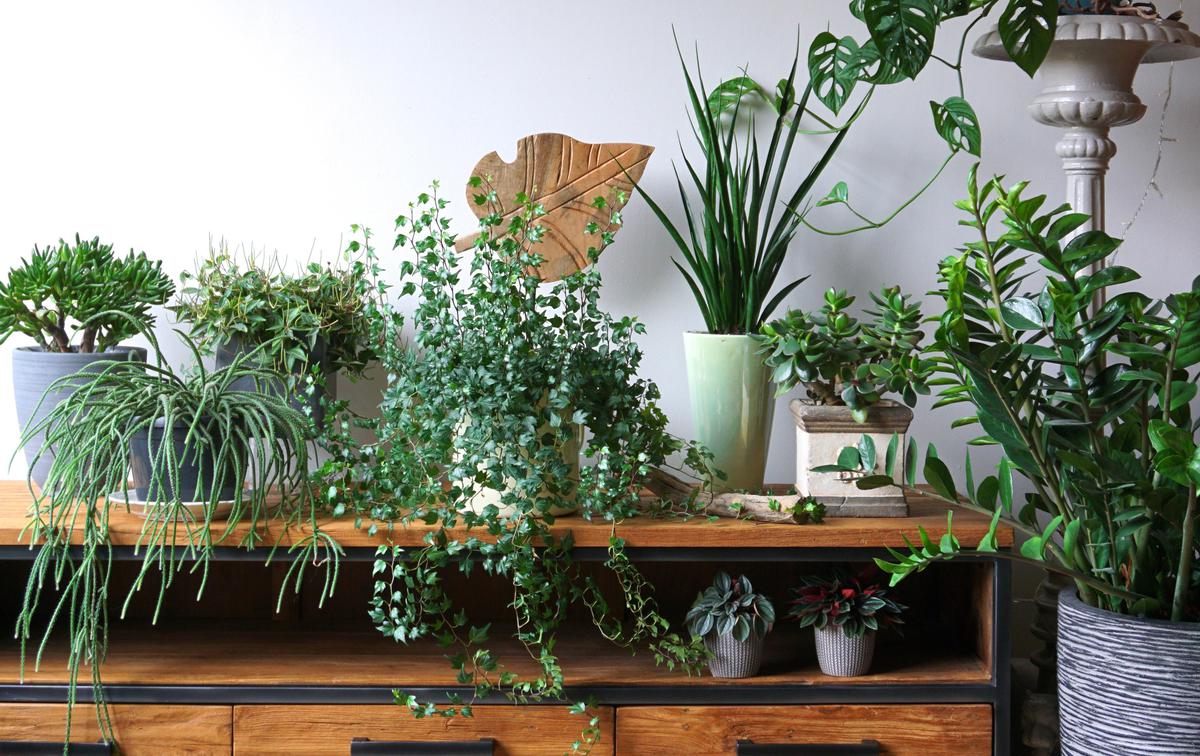
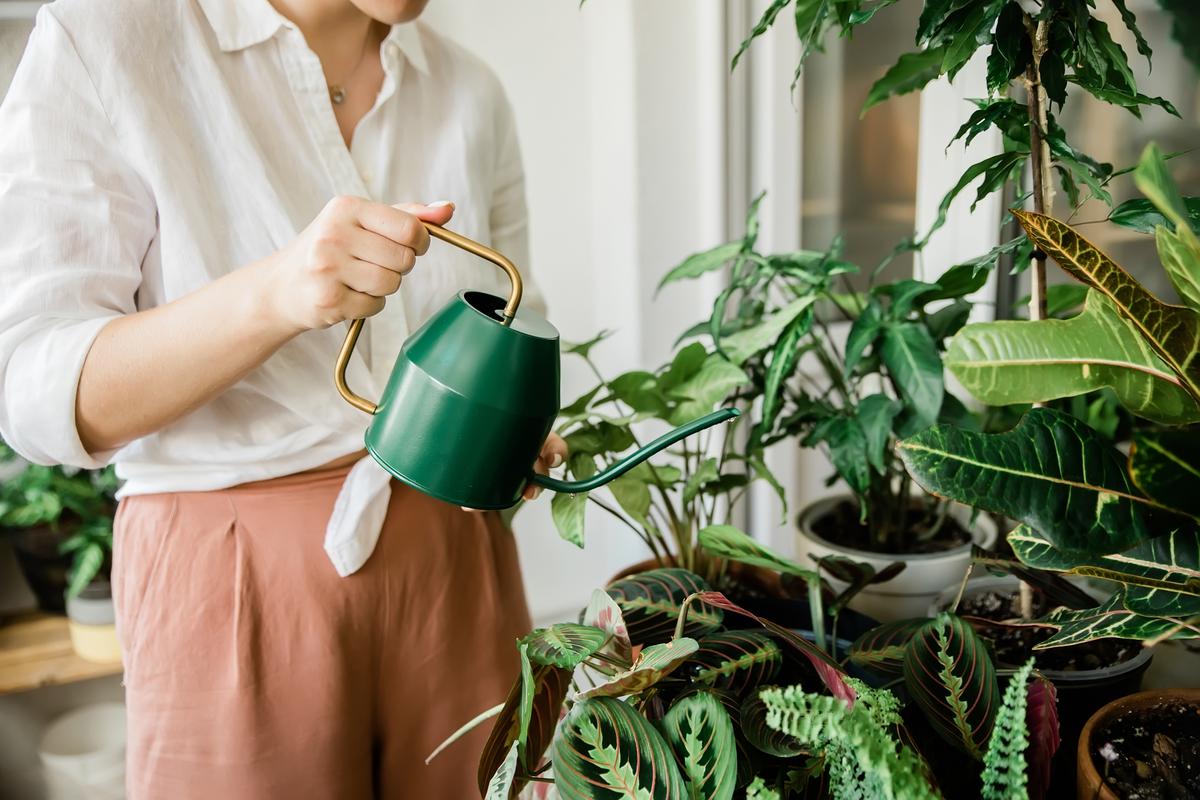
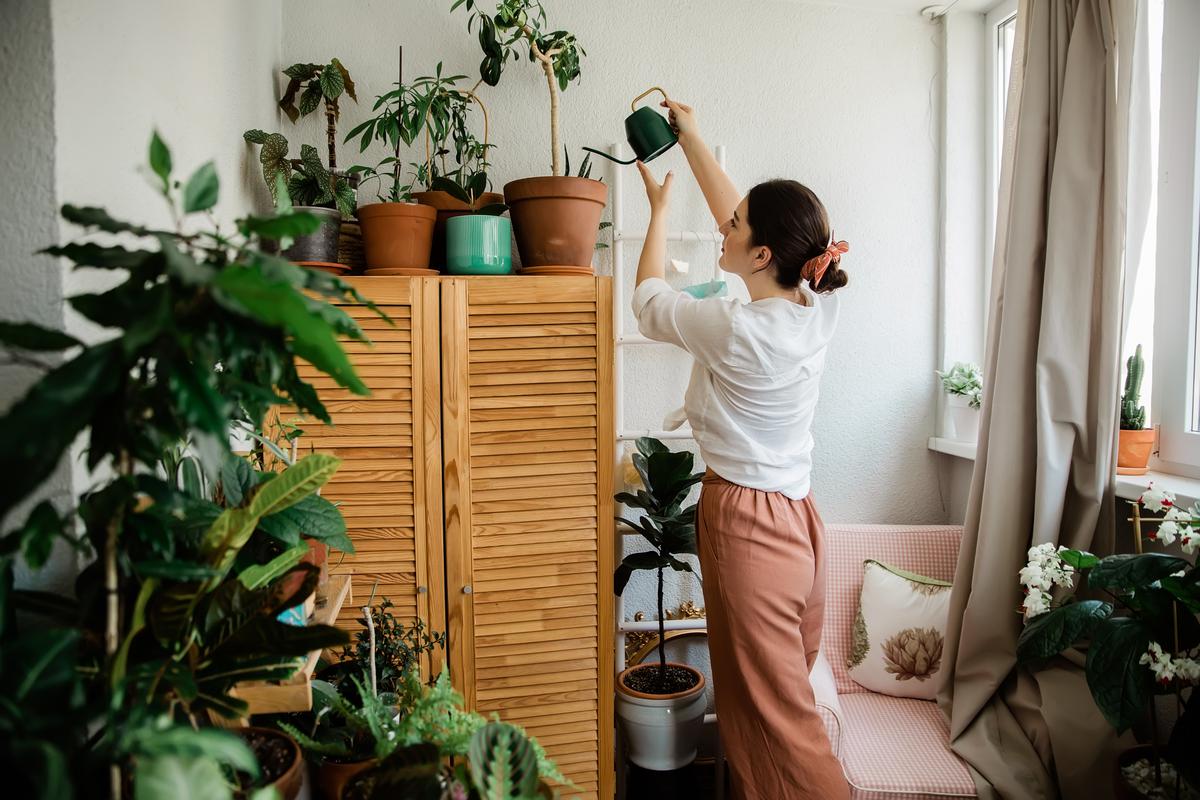
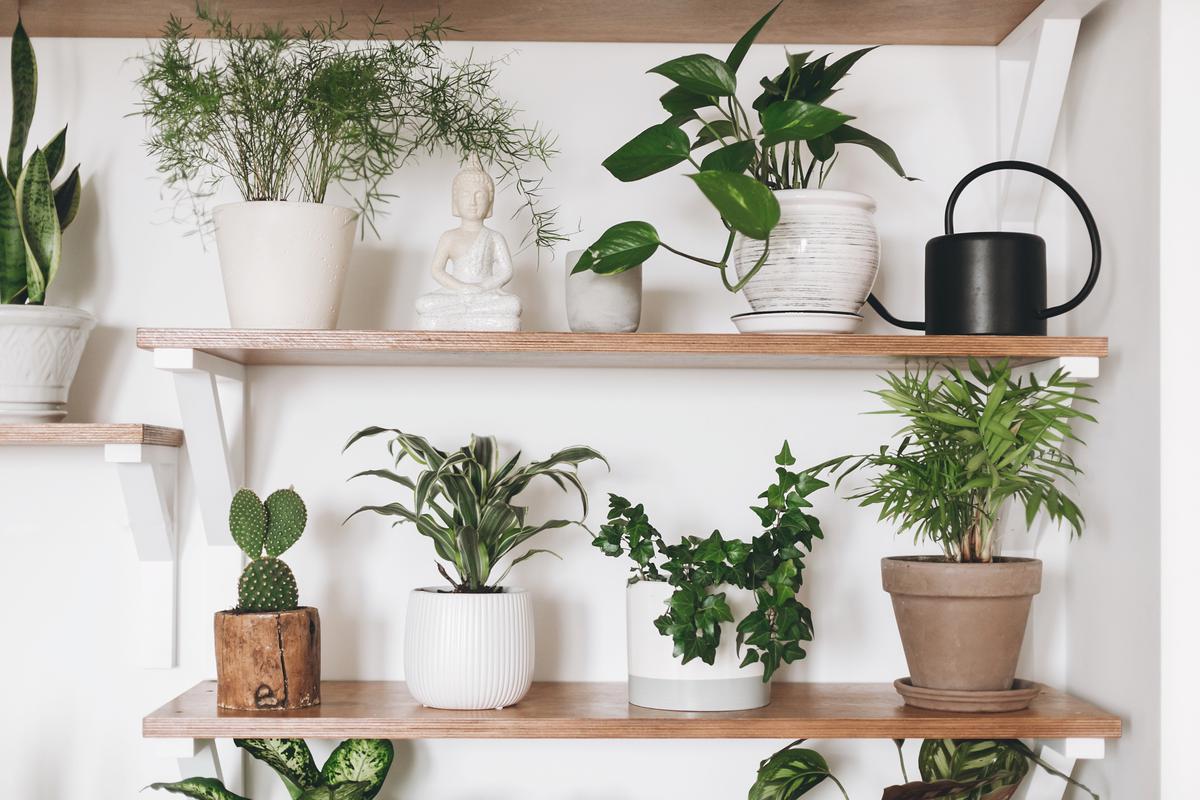

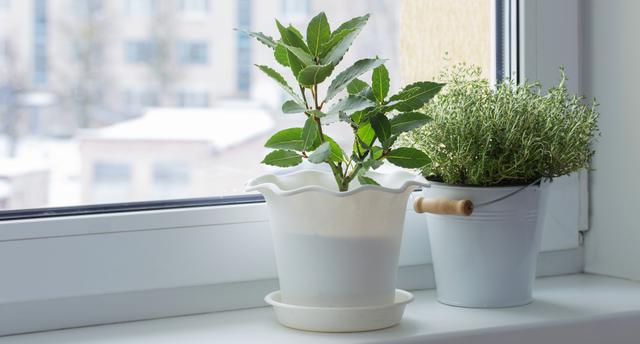
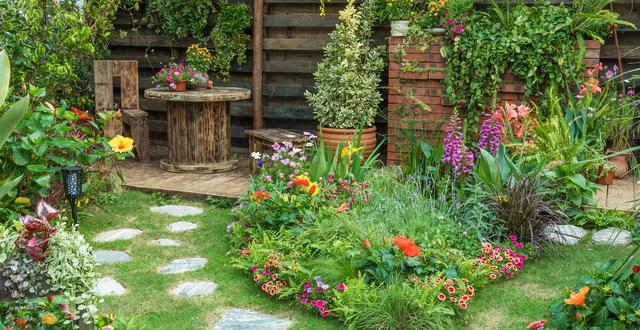
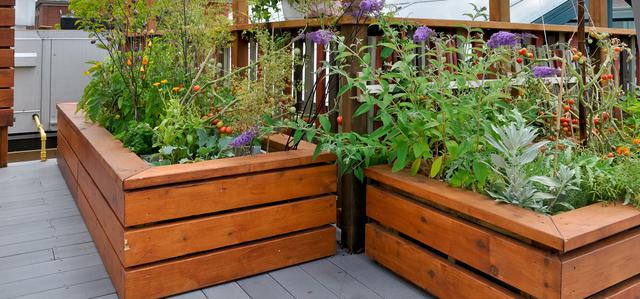
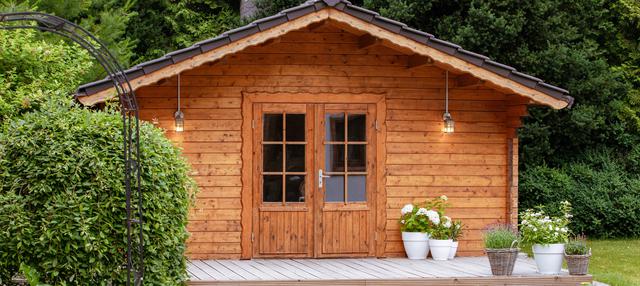
comments